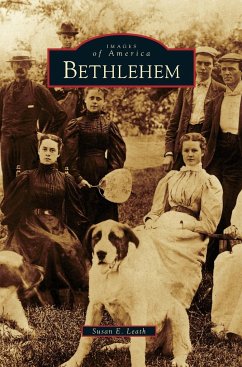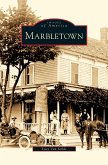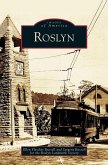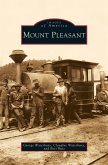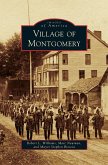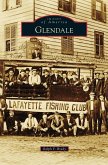Situated on the west bank of the Hudson River, Bethlehem traces its history to the Dutch settlement era of the 1600s. Incorporated on March 12, 1793, Bethlehem's rich soil, abundant timber, river access, and proximity to Albany drew Dutch, English, Scottish, and German settlers. Bethlehem's farmers became known for their oats, hay, apples, and dairy products. The year 1863 marked the coming of the Albany and Susquehanna Railroad and the beginnings of the town's transformation to a suburban community. This trend continued in the 20th century with the success of the automobile. In Bethlehem, images from the late 1800s to mid-1900s tell the story of the community's history through its many hamlets, including Delmar, Elsmere, Glenmont, Selkirk, Slingerlands, and North and South Bethlehem. Photographs of churches, schools, blacksmith shops, hotels, farmhouses, and elaborate summer homes illustrate Bethlehem's journey from a rural farming community to a bustling modern suburb.

